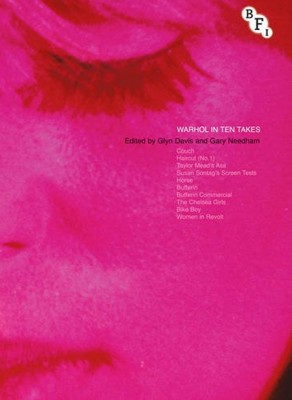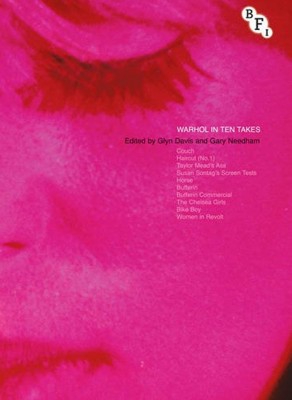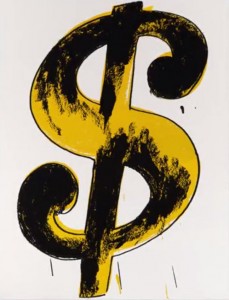Andy Warhol MOOC 4: Money
Making money is art and working is art and good business is the best art.
— Andy Warhol
Glyn Davis – Intro
Nov 2013 – Andy Warhol’s Silver Car Crash sold for US$105 million.
Warhol Problematizes:
- Art & Porn
- Pop Culture & Fine Art
- Commercial Art & Fine Art
Warhol’s Career:
- 50’s – advertising illustration, window displays
- Temptation to divide his commercial work from his fine art, but his practice is more continuous than that: he continued to do commercial commissions in 60’s, used assistants in both realms
- In his film work we again see Commercial Work and Fine Art
Throughout his career he produced numerous images of money.
Warhol remains controversial figure [because] his work exposes the financial workings of art as a system and so undermines some much cherished romantic myths.
— Glyn Davis
Gary Needham Interview

Glyn Davis & Gary Needham are the editors of Warhol in 10 Takes
- Gary Needham / Sr Lecturer, Film Studies, Nottingham Trent University
-
1962 Warhol dollar bill screen prints – mythologies that other people gave Warhol the idea to paint money
- Looking back to his work of the 50’s money was already there: long been an obsession of Warhol’s: Dollar Bills with Feet – foot fetish + money fetish! – Drawing of 1 million dollar bank note
- Money is a theme running through all of Warhol’s work: 50’s, 60’s, 70’s, 80’s
when it gets to 1962, obviously, he’s done paintings of money before, but it suits Warhol to abjure his own authorship and give someone else credit for his work, and that way he then is seen to not take a critical perspective when actually portraying money, which is actually, you know, contradictory to what the paintings actually suggest about the relationship between art and money.
— Gary Needham
the dollar paintings do come at a particular point in Warhol’s career when American post-war culture is very affluent. In a way, Warhol’s giving them the art that they want, literally money hanging on the wall… Despite Pop Art’s pretense to be all surface and depthless and meaningless, what you see is what you get, they actually pose quite conceptual and difficult questions about the relationship between signs and commodification or art and value or cultural exchange… And of course it’s a typical Warholian prophecy because what we find from the ‘60s onwards is an increasing attempt to attach value to works of art that become increasingly obscene
— Gary Needham
not only was he fascinated about money’s value but also money as something that’s printed and we give it value, a bit like the painting itself. It’s something that’s printed, and there’s some abstract magic that happens and it gets a value… the immediacy that people respond to Pop Art is – that’s all it is, it’s just this kind of canvas, making one aware of art. But in actual fact what Warhol did was, it’s a paradigm shift in the way we see art. As something that also incorporates aspects of the everyday. So art is not a kind of rarefied, an abstract or an expressionist movement, it’s actually almost embodied in the everyday. It’s about, wake up and see the art around you.
— Gary Needham





No comments yet. Be the first!